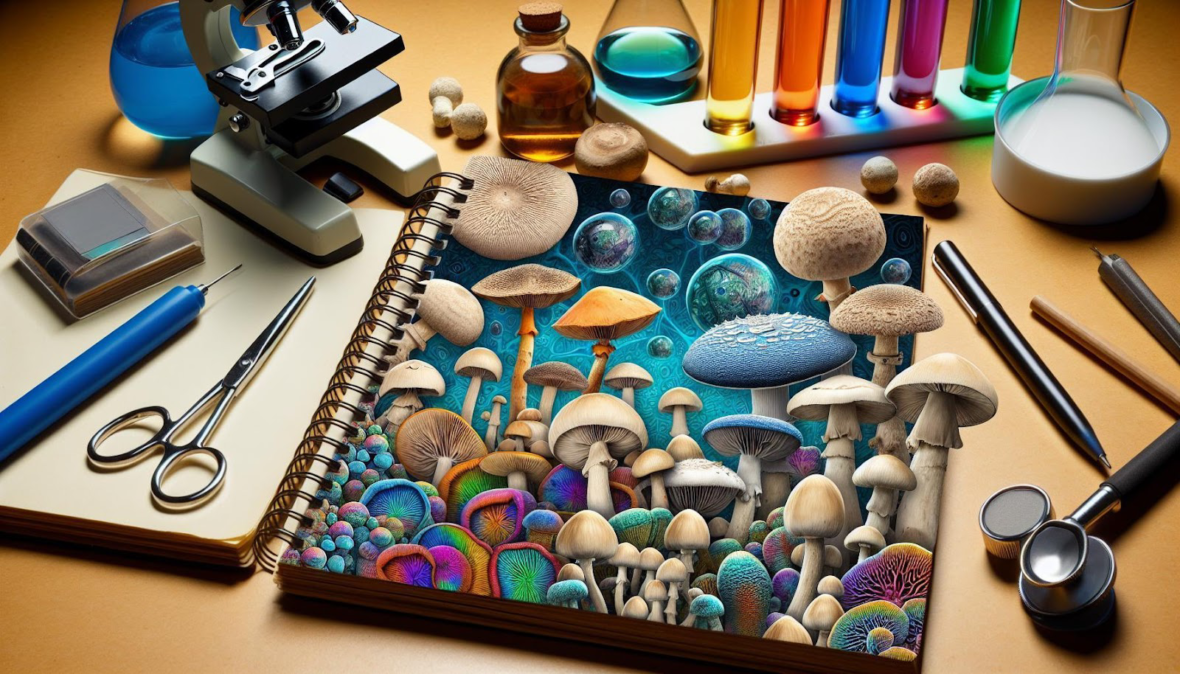These aren’t your everyday grocery store mushrooms. We’re delving into the potent world of psychedelics, where shrooms like Psilocybe Cubensis and Amanita Muscaria reign supreme. They’ve been used for centuries in spiritual practices and modern medicine alike.
But it’s not just about the trippy effects. Many of these mighty fungi hold potential benefits for mental health, showing promise in treating conditions like depression and anxiety. So, buckle up as we explore the intriguing world of the most powerful shrooms.
Psilocybe Cubensis: The King of Psychedelic Shrooms
Arguably the most renowned in the world of psychedelics, Psilocybe Cubensis holds the crown. It’s celebrated for its potent mind-expanding capabilities and its natural availability. Unlike other species requiring precise growing conditions, Psilocybe Cubensis thrives in a varied range of climates and terrains. When buy shrooms online we need to tread carefully about the legalities behind it. This resilience contributes to its widespread popularity, making it the beginner’s go-to species for home cultivation.
The potency of Psilocybe Cubensis hinges on its rich psilocybin content. Psilocybin is a psychoactive compound that, once ingested, the body converts into psilocin – the true star behind the psychedelic experience. This conversion triggers:
- Altered perception
- Enhanced senses
- Euphoric feelings
- Deep introspection
These effects can potentially open the door to profound personal growth and healing, solidifying the standing of Psilocybe Cubensis in both the recreational and therapeutic scenes.
It’s essential to note, however, the experience with Psilocybe Cubensis, like any psychedelic, highly depends on the set (your mindset) and setting (the environment). It advises for a positive mindset and a safe, comfortable environment to harness the full potential of this powerful mushroom.
Though, it’s equally vital not to succumb to the misguided notion that all psychedelic experiences are joyrides. Negative experiences, often referred to as ‘bad trips’, can happen.
That is why it’s stressed the importance of proper dosage. Microdosing, for instance, is a popular practice that allows a controlled and manageable experience.
Delving into the world of Psilocybe Cubensis isn’t just a mesmerizing journey; it’s a step towards understanding the mind-altering power of nature and the potential it holds for us.
Amanita Muscaria: Unveiling the Mysteries of the Fly Agaric
Transitioning from our deep dive into Psilocybe Cubensis, let’s shift our focus onto another fascinating fungus, the Amanita Muscaria. It’s also known as the Fly Agaric due to its insect-attracting capabilities, but there’s much more than meets the eye with this vibrant and potent mushroom.
Reputed for its striking appearance, the Amanita Muscaria is instantly recognizable by its bright red cap with white spots. It’s a beautiful attraction in the natural world, appearing like something straight out of a fairy tale. But, it’s not just the whimsical beauty that sets this mushroom apart from its kin.
At its core, the Fly Agaric is a potent psychoactive mushroom. It contains ibotenic acid and muscimol, two compounds responsible for inducing its hallucinogenic effects. These substances spark mind-altering experiences that are quite different from the psilocybin-induced trips of Psilocybe Cubensis. The effects can range from euphoria to deep introspection, much like our psychedelic king, but with a different chemical twist.
Knowing and understanding the components that make up the Fly Agaric’s potency is vital. We cannot overemphasize the importance of dosage management. Consuming too much Amanita Muscaria can potentially lead to unpleasant experiences or even toxic symptoms.
The Fly Agaric’s allure extends beyond its psychoactive properties. It’s been a cultural symbol, woven into the fabric of various societies, and has historical and spiritual significance for many cultures around the world. Its depiction in art and folklore is well-documented and continues to influence pop culture and conversations around psychedelic substances.
Harnessing the power of the Amanita Muscaria, like other potent mushrooms, requires knowledge, respect, and caution. As we continue to explore these psychedelic wonders of nature, one should always remember to prioritize safety and responsible use above all else.
Cultural Significance: How Powerful Shrooms Have Shaped Traditions
Shaking off the strictly scientific gaze and stepping into the realm of societal influence, it’s impossible to ignore the cultural significance wielded by powerful mushrooms. Let’s take a glance at how they’ve rippled out and shaped various traditions around the globe.
Mushrooms, particularly those possessing psychedelic properties, have etched themselves into traditions spanning across societies and cultures – acting as an influential element in spiritual practices and folklore. Amanita Muscaria, with its enchanting aesthetics and profound effects, holds a ley line position in many cultures.
To the indigenous people of Siberia, for instance, this vibrant fungus has been a ceremonial pillar for centuries. Used in shamanic rituals, the Fly Agaric played an integral role in connecting with the spiritual realm, producing vivid, dreamlike states that fostered deep introspection. It wasn’t just a tool for enlightenment but a symbol of endurance, strength, and wisdom.
In the Western world, powerful mushrooms popped up in art and literature, often imbued with symbolic meanings. Perhaps the most recognizable reference is from Lewis Carroll’s classic, “Alice’s Adventures in Wonderland.” Alice’s encounter with a magic mushroom that altered her size delved into the realm of fantasy, yet mirrored the transformative power these mushrooms held.
Over in Japan, the Fly Agaric has been immortalized as a charming cultural icon. Not only do mushrooms frequently feature in Japanese cuisine, but the unique red and white spotted toadstool also appears in popular anime and video games.
Beyond these individual cultural instances, mushrooms have organized global events like Psilocybin Mushroom Day that foster awareness and enlightenment.
Closer to the present, it’s worth acknowledging the shroom’s influence on modern counterculture-an era defined by the exploration of consciousness, spirituality, and rebellion against societal norms.
The 1960s counterculture movement saw a surge in the use of powerful shrooms, further engraving mushroom symbolism into subcultural histories. It goes without saying – these fungi have left an indelible mark on the world’s cultural tapestry, and their influence continues to permeate everyday lives and practices.
They have been, and likely will continue to be, catalysts for important shifts in cultural paradigms, shaped by their exceptional power and allure. But remember: respect and caution are paramount when exploring their potent properties.
Medicinal Potential: Treating Mental Health Conditions with Shrooms
Diving into the realm of medical exploration, shrooms’ active ingredients such as psilocybin have marked their ascent as potential treatment options for several mental health issues. Scientists are keenly studying these potent compounds to unlock their healing potential. Let’s delve deeper into this promise.
Several studies point towards the efficacy of psychedelic mushrooms when it comes to treating conditions such as depression, PTSD, and anxiety. There’s been significant improvement in patients undergoing microdose psilocybin therapy, sometimes with effects lasting long after the treatment has ended. In a 2020 study, with a sample of 24 participants struggling with major depressive disorder, subjects reported sustained improvement for up to four weeks after psilocybin therapy.
| Year | Participants | Treatment | Result |
|---|---|---|---|
| 2020 | 24 | Psilocybin therapy | Sustained improvement |
It’s not just depression: shrooms have shown potential in tackling addiction-related disorders too. Preliminary trials demonstrated substantial reduction in substance cravings in individuals who underwent guided sessions with psilocybin. In one 2014 study, volunteers reported decreased cravings for alcohol up to 36 weeks after the psilocybin sessions.
| Year | Outcome | Treatment | Result |
|---|---|---|---|
| 2014 | Substance Cravings | Psilocybin sessions | Decreased cravings |
Furthermore, we’re seeing a positive impact when it comes to overall life contentment and openness. Studies have shown that a single psychedelic experience can lead to personality changes that last for several years.
That could mean a new direction for patients hoping for a longer-lasting solution against their mental health struggles.
In all these explorations, a common thread has been the necessity for careful administration. Pilot studies invariably involve supervised dosing, underlining the idea that safe trammeled access and use are key to leveraging the beneficial aspects of shrooms. Putting the power of shrooms to proper use, it seems, is a matter of smart science and safe practices.
While the studies are promising, it’s crucial to remember that the journey of shrooms from cultural sacraments to mainstream medicine isn’t straightforward. It’s an area which is growing and evolving. It’s a leap of faith backed by solid science.
As we look towards a future where mental illness treatment could be revolutionized, mushrooms may just prove to be the missing piece of the puzzle.
Exploring the Fascinating World of Psychedelic Fungi
For millennia, psychedelic mushrooms, often referred to as ‘magic mushrooms’ or ‘shrooms’, have fascinated humanity. Easily distinguished by their psychedelic-active compound, psilocybin, these natural wonders have garnered attention for their mind-altering experiences. They’re not all about the ‘trip’ though – an exciting field of research is unveiling their potential medicinal qualities, particularly for mental health conditions.
Delving deeper into the psychedelic fungi kingdom, we find more than 180 species spread across every continent, except Antarctica. Psilocybe cubensis is one of the best-known species, largely thanks to its strong effects and wide distribution. However, others like Psilocybe semilanceata – the potent ‘Liberty Cap’ – and Psilocybe azurescens – the highly potent ‘Flying Saucer’ – also stand out in the fungal crowd. For the bold, here’s a brief overview of key psilocybin mushrooms:
| Species | Common Name | Potency |
|---|---|---|
| Psilocybe cubensis | Golden Teacher | Moderate |
| Psilocybe semilanceata | Liberty Cap | High |
| Psilocybe azurescens | Flying Saucer | Very High |
These shrooms’ potency depends on a combination of genetic makeup, environmental conditions, and the presence of psilocybin and psilocin – two naturally occurring psychedelic compounds. Psilocin gives the immediate psychedelic effect, while psilocybin is a prodrug that the body converts into psilocin.
Determining the right dosage of these mushrooms for medicinal use is a delicate task. We must balance potential therapeutic effects with the risk of potential adverse reactions. This is where rigorous scientific research and supervised dosing come in.
Speaking of research, ongoing studies are revealing how psilocybin interacts with the brain’s serotonin receptors to promote neuron growth and connectivity, which appears to influence mood and cognition. This has opened new doors to potential treatments for depression, PTSD, anxiety, and addiction, to name a few.
Conclusion
We’ve journeyed through the fascinating realm of psychedelic fungi, spotlighting species such as Psilocybe cubensis, Psilocybe semilanceata, and Psilocybe azurescens. We’ve seen how their potencies can vary due to genetic and environmental factors. We’ve delved into the critical aspect of dosage for medicinal use and the promising research on psilocybin’s interaction with our brain’s serotonin receptors. It’s clear that these powerful shrooms hold potential for treating conditions like depression, PTSD, anxiety, and addiction.
Yet, we can’t forget the importance of safe practices and supervised dosing. It’s not just about knowing the most powerful shrooms. It’s about harnessing their potential responsibly. Here’s to the continued exploration and understanding of these potent fungi.
What are some of the species of psychedelic fungi mentioned in the article?
The article mentions Psilocybe cubensis, Psilocybe semilanceata, and Psilocybe azurescens as examples of psychedelic fungi. These species differ in potency due to a variety of genetic and environmental factors.
What is the importance of finding the right dosage when using psychedelic fungi?
It’s critical to determine the right dosage when using psychedelic fungi for medicinal purposes. The potency of these fungi can vary greatly, making it important to ensure a safe, effective dose.
How does psilocybin interact with serotonin receptors in the brain?
Psilocybin, a compound found in psychedelic fungi, interacts with serotonin receptors in the brain. Ongoing research suggests this interaction might help treat conditions such as depression, PTSD, anxiety, and addiction.
Why is supervised dosing and safe practice needed when using psychedelic mushrooms?
Supervised dosing and safe practice is crucial when using psychedelic mushrooms because of their potent nature. They can have powerful effects on the mind and body, making it essential to use them responsibly and under the guidance of a knowledgeable professional.







